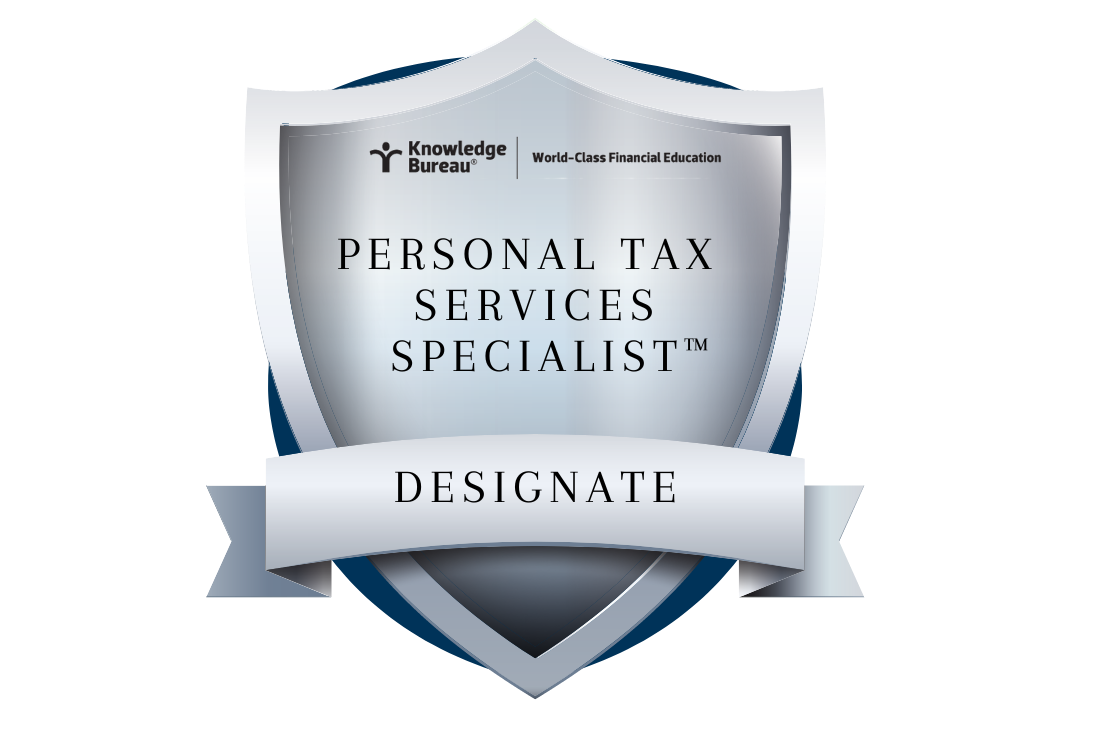Last updated: February 14 2023
Tax Debt? Best to Pay Up Before April 1

Knowledge Bureau Staff Writers
The interest owing on tax debt compounds daily. For example, daily compounding makes the 9.0% rate to be charged on outstanding balances starting April 1, equivalent to 9.416% simple interest. On an outstanding balance equal to the average balance due of $7,426, interest starts at $1.83 a day, increasing to $1.87 a day by the end of three months. The interest on the balance totals $168.49 by the end of the third month resulting in an outstanding balance of $7,594.49.
If no payments are made in the first year, the balance balloons to $8,127 – that’s more than $700 in non-deductible interest.
Depending on the taxpayer’s marginal tax rate, it would take an investment return of more than 12.5% to offset the interest charged by CRA.
What’s changing soon?
The prescribed interest rates charged by the CRA are calculated by looking at the yields for 3-month T-bills in the preceding month. We now know that the average rate for January was 4.42%, which indicates the prescribed rate CRA charges will increase to 5% for the second quarter of 2023.
For those with tax debt, the interest costs, which compound daily, are charged at 4% more, for a total of 8% now; 9% after March 31. Therefore, those who owe should pay up quickly before April 1 to save on the extra costs to come.
Who might that be?
People who typically owe when they file their tax returns include the self-employed, anyone who doesn’t have enough taken off at the source of their income (pensioners, recipients of alimony or spousal support, investors), those with unusual sources of income (severance, sale of assets) or those who are short on quarterly tax remittances.
And, as we noted, of the over 8 million people who owed, they owed a lot. Here are the most recent tax filing statistics from the CRA:
Returns processed from February 10, 2022 to January 28, 2023
|
|
Number of returns |
Total dollar value |
Average amount per return |
Percentage of refunds |
|
Refund by cheque |
3,948,859 |
$8,145,911,595 |
$2,063 |
22% |
|
Refund by direct deposit |
13,884,044 |
$29,172,343,675 |
$2,101 |
78% |
|
Total refunds |
17,832,903 |
$37,318,255,271 |
$2,093 |
100% |
|
Balance owing |
8,124,104 |
$60,327,387,583 |
$7,426 |
n/a |
|
Nil return |
5,324,267 |
n/a |
n/a |
n/a |
Bottom line: The key eroders of wealth – taxes, inflation and fees such as interest – can be proactively managed. Be sure to talk to your clients with tax debt about the rising prescribed rates. In addition, those who wish to income split may wish to execute inter-spousal investment loans before April 1. However, with the current prescribed rate of 4%, it may be difficult to find investments with significant savings from a spousal loan.
©Knowledge Bureau, Inc. All rights Reserved
